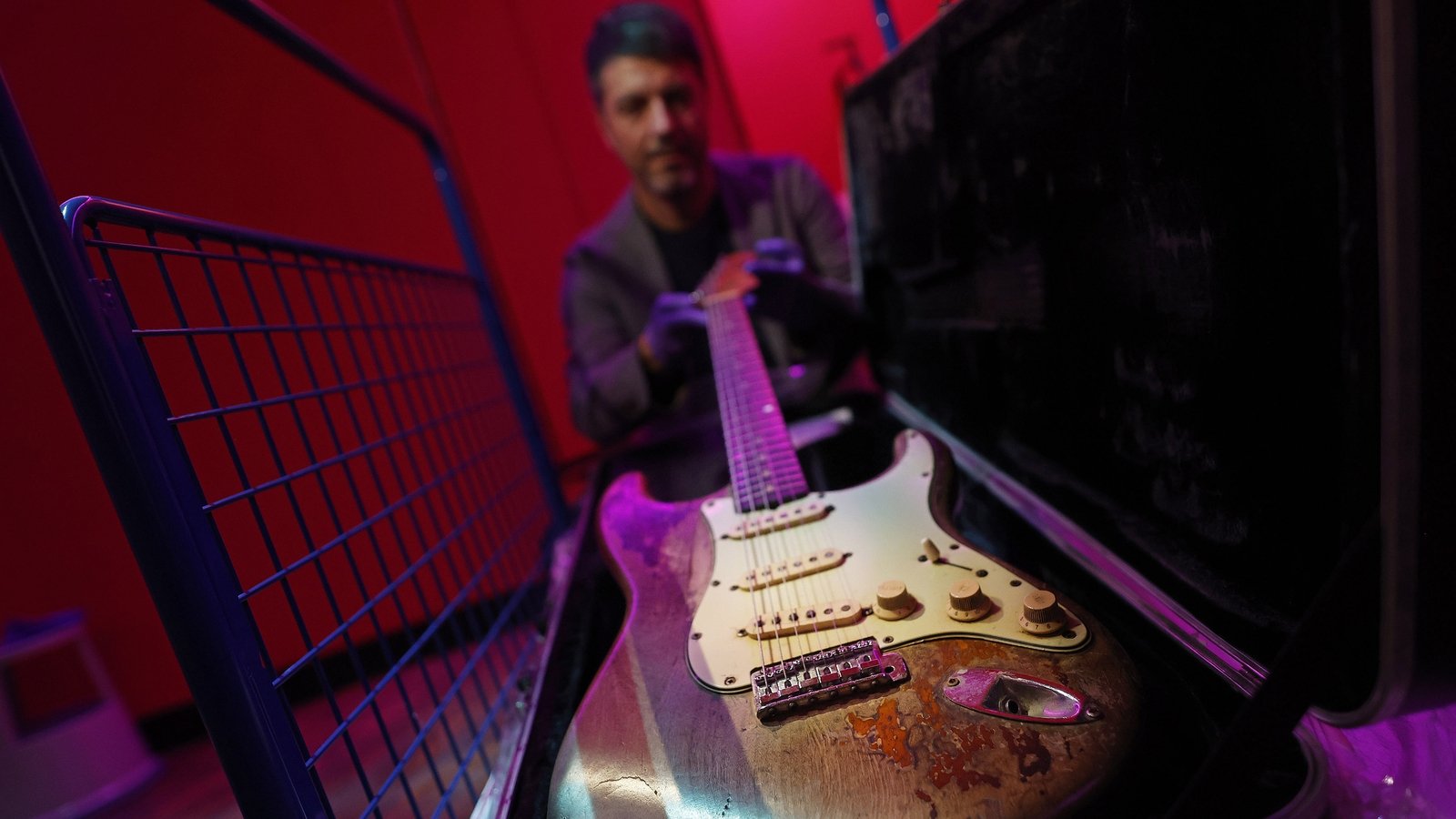Featuring over 250 fascinating objects, the new Changing Ireland galleries at the National Museum of Ireland, Collins Barracks mark the biggest expansion of public galleries at NMI in over two decades.
Dónal Maguire, Keeper of Art & Industry at the National Museum, introduces the new arrivals to the collection.
For 148 years the National Museum of Ireland has remained steadfast in its role as a trusted custodian of the national collection and one of the greatest champions of Irish history and heritage. It has resisted becoming an artefact itself by continuously growing and adapting to its surroundings, finding space and creating new strategies to engage with the needs and challenges of a changing world.
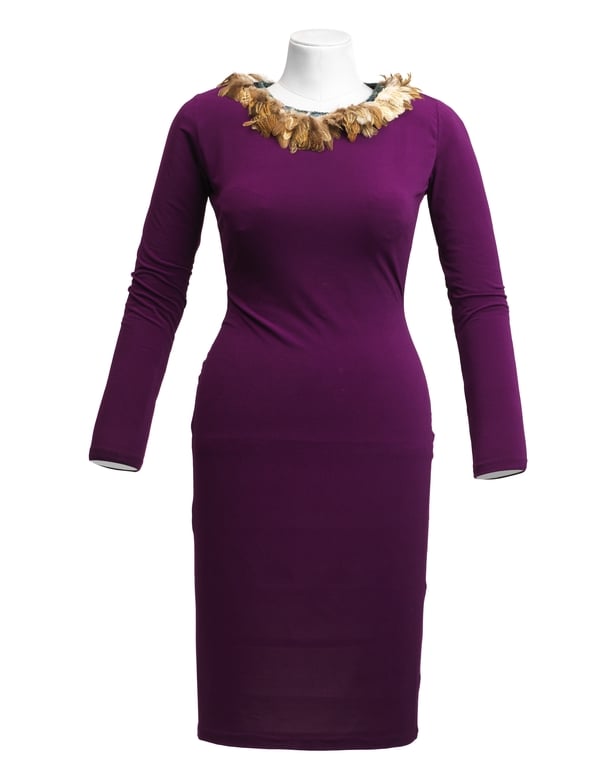
Dress worn by Panti Bliss Rory O Neill (b 1968) for her Noble Call, 2014
Designed by James David Seaver (b 1987), 2014
This month, the Museum marks its newest evolution with the opening of its 20th and 21st century history galleries – the largest and most significant expansion of its exhibition space in over two decades.
The earliest objects in the new galleries coincide with Ireland’s revolutionary period, with the movement and fight for Irish Independence. Fittingly, these ‘revolutionary’ artefacts, which include Michael Collins’s slippers and James Connolly’s hat, were the nucleus of a collection that now includes Panti Bliss’s ‘Noble Call’ dress and Rory Gallagher’s Fender Stratocaster.
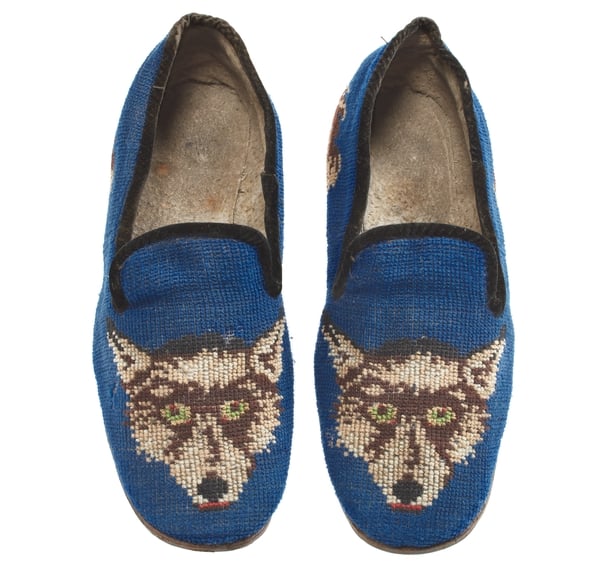
Slippers of Berlin wool work worn by Michael Collins (1890-1922)
The collection is growing continually, as a changing collection for a changing Ireland. We see our new museum galleries as a place for conversation and the sharing of knowledge about what Ireland was and what it might be. The non-linear display reflects different perceptions of time. We want to empower our visitors to plot their own course of exploration, to make their own connections between the artefacts, stories and memories that unfold in the galleries.
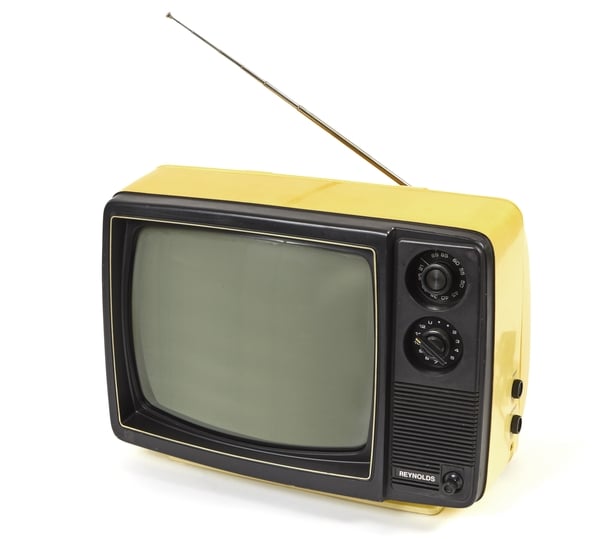
Black and white portable television set made by Reynolds UK, circa 1981
A silver tea set gifted to a young woman forced into retirement by the marriage bar, a wedding dress funded by a family’s ration tokens during WWII, a television smuggled over the Irish border in the 1980s. We invite our visitors to think about their own relationship to these histories and the meaning they bring to the artefacts.
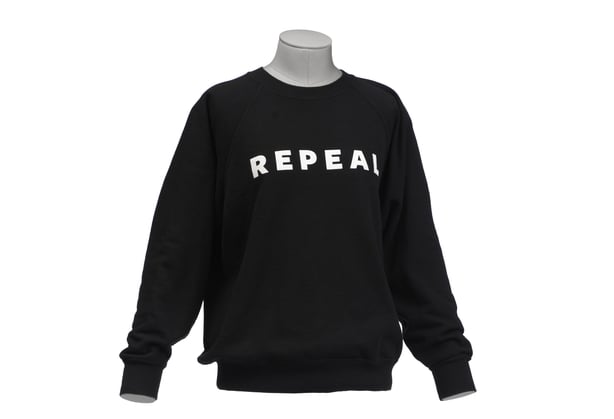
Repeal jumper worn by activist Paula Lyne during the Repeal the 8th campaign (2012-18)
and designed by Anna Cosgrave in 2016 (made in 2018)
To achieve this the museum is turning down the volume of its own institutional voice and widening its public platform in order to welcome other voices and narrators to speak and express themselves. In our new galleries, alongside our collections, our visitors will encounter a polyphony of different voices and perspectives brought into the museum through co-curated projects, education programmes and video interviews. Visitors will encounter newly commissioned poetry by the celebrated Irish poet Paula Meehan. A selection of co-curated displays with survivors and those affected by the systems of Irish institutions and forced family separation give public space to their individual histories.
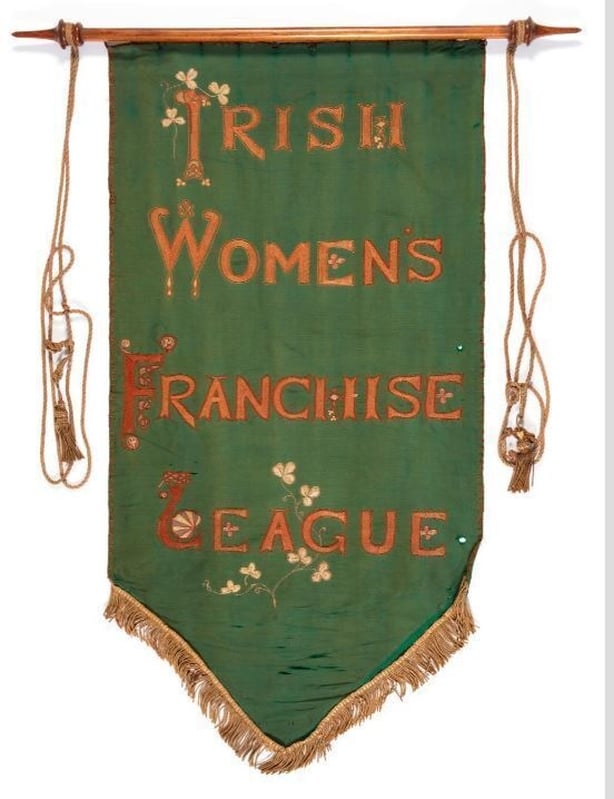
Banner of the Irish Women’s Franchise League by the Dun Emer Guild, circa 1908
We believe our collections were not merely the props of history but rather they were the non-human agents, contributing in their own way to the processes of change. There’s the banner Hannah Sheehy Skeffington caried at suffrage marches; there’s the Repeal jumper worn by an activist during the campaign to repeal the eight amendment to the constitution. Rather than presenting these as evidence or illustrations of authored stories, the museum acknowledges the unique agency of these objects to engage the visitor and to inspire possible futures.
The Changing Ireland galleries are now at the National Museum of Ireland, Collins Barracks – find out more and view the collection online here
